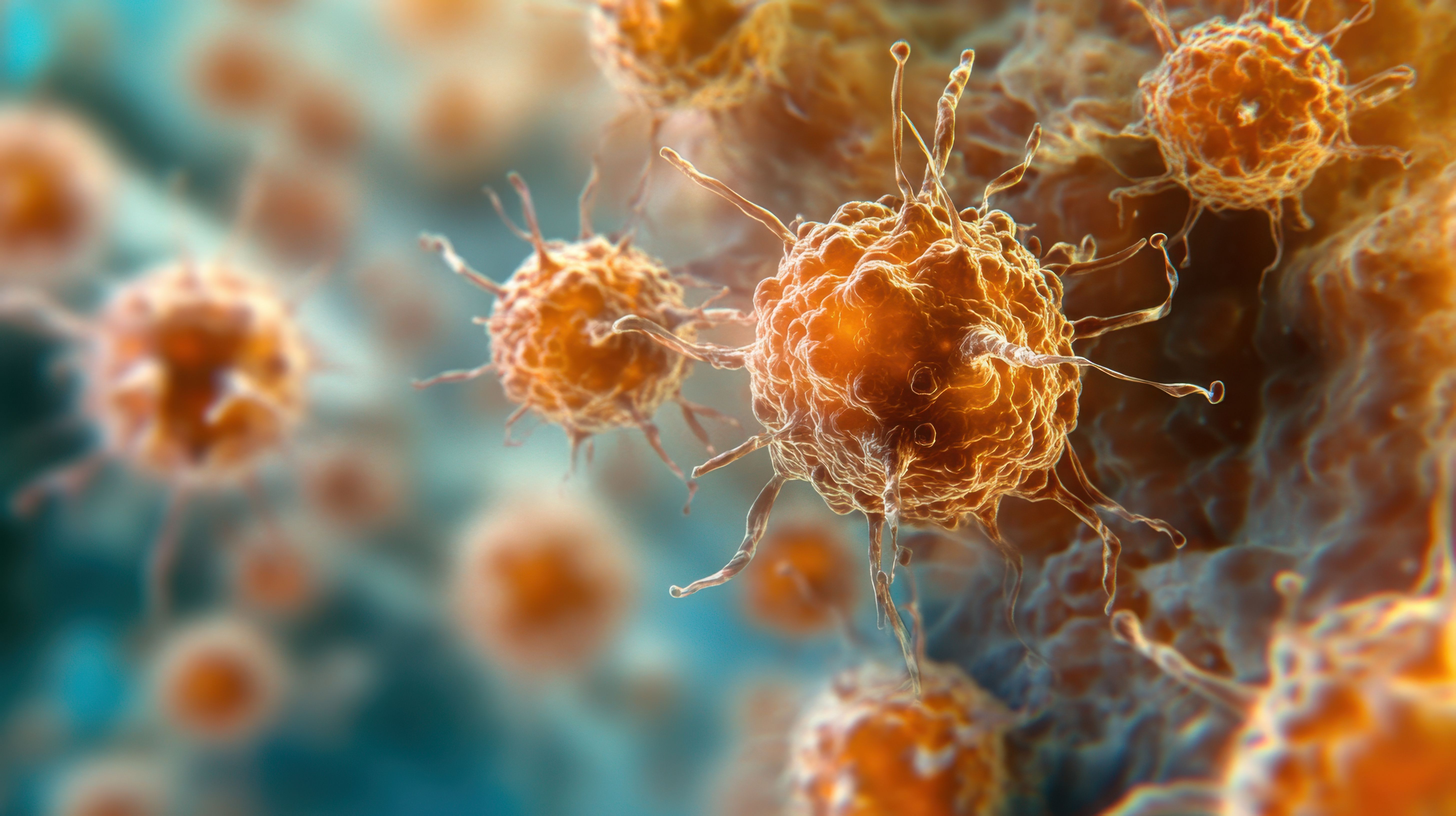Article
Genetic Changes in Breast Cancer May Lead to New Targeted Therapies
Author(s):
Researchers examine how genetic changes in breast cancer cells interfere with pathways critical to disease growth and survival.
The largest survey of genetic changes in breast cancer revealed the potential for new targeted drug therapies and combinations.
In a recent study in the journal Cell, researchers combined more genetic analyses of breast cancer cells than had ever been studied before, as well as new statistical method comparisons of databases with molecular signatures and the effects.
These new statistical methods were able to identify other previously known genes, such as HER2, HER3, and estrogen receptor (ER).
"This study represents the largest survey yet of how the genetic changes in breast cancer cells interfere with pathways critical to their growth and survival, pathways that might be targeted by combinations of new or existing drugs" said lead study author Benjamin Neel, MD, PhD. "Our new statistical approach represents an improvement on earlier methods that were unable to link the webs of genetic changes in cancer cells to the complex functions on which they most depend."
Superior detection and therapy has improved 5-year survival for breast cancer to greater than 85%. However of this number, half of the patients still succumb to the disease.
The lack of understanding of the complex molecular changes that allow for cancers to survive despite treatment provides a limited chance for successful treatments.
Similar to the current study, global labs in previous years have conducted large-scale genomic studies in order to find the genetic changes that contribute to breast cancer. Although these studies were able to find some useful information, they have not been able to determine which genetic changes are critical to the creation of cancer cells and the survival.
The current study used shRNA or “drop screens,” that shut down each gene in the cancer cells individually in order to see which gene is more important for the survival of cancer cells in 77 breast cancer cell lines. This sample was able to cover an array of sub-types for this cancer.
Researchers then applied the new statistical method, the si/shRNA Mixed-Effect Model to score the cell-line results and identify genes that most contribute to cancer growth. In addition, they compared their results against information from large databases that explored cancer genetics, protein interactions, and genetic changes in cancer cells when drugs are either effective or not.
Although in recent years studies have used shRNA screens, these studies didn’t look at enough of the cell lines in order to see the diverse changes that are seen across breast cancer.
However, the results of the current study allowed for researchers to be able to see newfound signals in the data that were tied to the impact of cancer cells with their combined methods. It also gave a more accurate screening for weeding out the false positives. Furthermore, the study identified new candidate genes that play a role in breast cancer survival that was unknown before.
Researchers also found gene clusters that were mandatory in cells sensitive or resistant to 90 anti-cancer drugs.
One of the new potential targets for drug therapy were signaling proteins previously linked to brain tumors such as EFNB3 and EPHA4; MAP2K4 and MAPK13, a protein that regulates cell growth pathways; and interleukin 32, a protein known to cause inflammation.
Additional experiments concluded gene BRD4 (bromodomain and extra terminal domain), a member of the BET family that regulates gene cell growth, is essential for the survival of most luminal/HER2+ cancer cells and a subset of triple-negative breast cancer.
Currently they are undergoing clinical trials for leukemia with a target drug BET inhibitors.
"Very few patients today get a whole genome sequence analysis done on their cancer cells, and the few that do typically receive little medical benefit from the results," Dr. Neel said. "The ultimate goal of researchers worldwide is to finally understand each cancer cell's wiring diagram well enough to clarify both the molecular targets against which therapeutics should be developed and the patient groups most likely to respond to any treatment."
Newsletter
Stay informed on drug updates, treatment guidelines, and pharmacy practice trends—subscribe to Pharmacy Times for weekly clinical insights.





